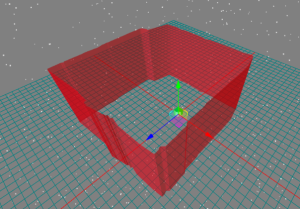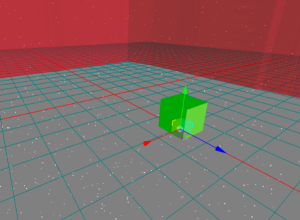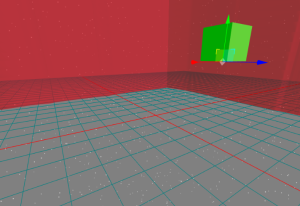Personal Accomplishments:
I spent this week looking at connecting the web app to the model generation code more directly. This was difficult at first because the model generation code is in Python and the web app is written in JavaScript so that it can’t interface directly super easily. I tried a couple of ways of doing this. Originally I tried using a library called react-py that works as a Python interpreter. Type in python and then it gets executed. While I did eventually get that run without any errors, the model generation code we are using was a bit more complicated than react-py could handle. The result was that it took forever for the code to actually execute and even then there were still other issues. After that, I decided to change my approach to using django.
Django is a Python based backend interface that is often used with HTML. I originally looked for other options as django requires running a server environment and is more commonly used for making forms and interacting with a database. It felt a bit too much for what I needed as I really just needed a single python function to run. Though with react-py not going to plan, django was my next best bet based on my research.
Despite the trouble getting there, I have made progress on getting the web app to react to the python function in the django files. Some adjustments still need to be made to streamline the code and make sure the files go to the right place but there seems to be promise with this method.
I have also spent time fleshing out the web app itself. A lot of small touches like getting the models to highlight when your mouse is over them, changing the tab name of the website to TailorBot Room Designer, experimenting with having text appear over objects in 3D to clarify what they are, making a proper home page for the web app and having the 3D render on another. I have included more meaningful changes like finding a way to more easily move objects in 3D space by simply dragging it and making the code more parameterized to make reusing it easier.
Example of the web app pulling data from elsewhere with django:

Showcase model highlighting:


Transform controls on models:



Progress:
The work I’ve done and my improvement in implementing the Three.js code has made the act of getting new models to appear in 3D space pretty simple. My general react knowledge makes adding to the web app UI a more manageable task. I think the web app itself and my ability to build upon it is in good order. From here it’s really just focusing on those connections with the model generator code and lidar.
Schedule Status: On time.
Next Week’s Deliverables:
Once things with django are sorted out, I want to work on getting the web app to connect to the raspberry pi to start the lidar room scan and then move on to generating the model. I plan to talk more to Zuiheb about that as he has been the one dealing with the raspberries.








